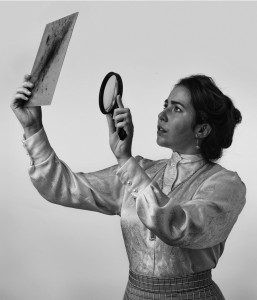 To many outside of the working world of science, the most important work of discovery might seem mundane and inconsequential – especially when it was conducted by women. Margot Lee Shetterly’s 2016 nonfiction book Hidden Figures: The American Dream and the Untold Story of the Black Women Mathematicians Who Helped Win the Space Race (Harper Collins) was adapted to film which has been an eyeopener at the box office (nearly $250 million in box office gross revenues) and among the general public.
To many outside of the working world of science, the most important work of discovery might seem mundane and inconsequential – especially when it was conducted by women. Margot Lee Shetterly’s 2016 nonfiction book Hidden Figures: The American Dream and the Untold Story of the Black Women Mathematicians Who Helped Win the Space Race (Harper Collins) was adapted to film which has been an eyeopener at the box office (nearly $250 million in box office gross revenues) and among the general public.
Released this year, Dava Sobel’s book The Glass Universe: How the Ladies of the Harvard Observatory Took the Measure of the Stars (4th Estate) examines the ground-breaking work of Henrietta Leavitt and her colleagues in the Harvard College Observatory, starting in the 1890s. As Sobel explains in an interview with the Harvard Gazette, he first heard of Leavitt when he asked astronomer Wendy Freeman about her work on the expansion of the universe as part of the Hubble Space Telescope Project. He dug further, adding that “I found out that Leavitt had been working with literally a room full of women at Harvard, which was a big surprise because Harvard in the 1890s was not really a place one thinks of as being especially welcoming to women. But the observatory was a separate institution with its own director and its own financial responsibility. It already had a history of women working there. That struck me as powerfully interesting, as well as the notion that the work these women were doing was really important.”